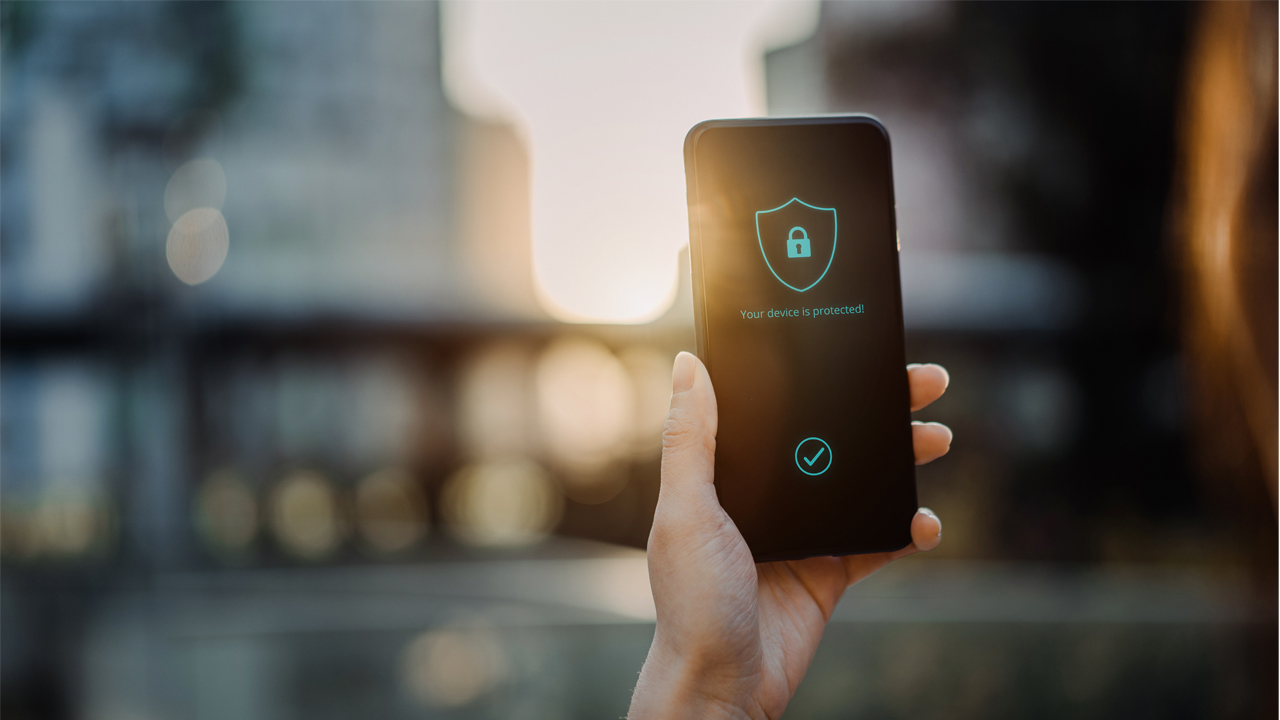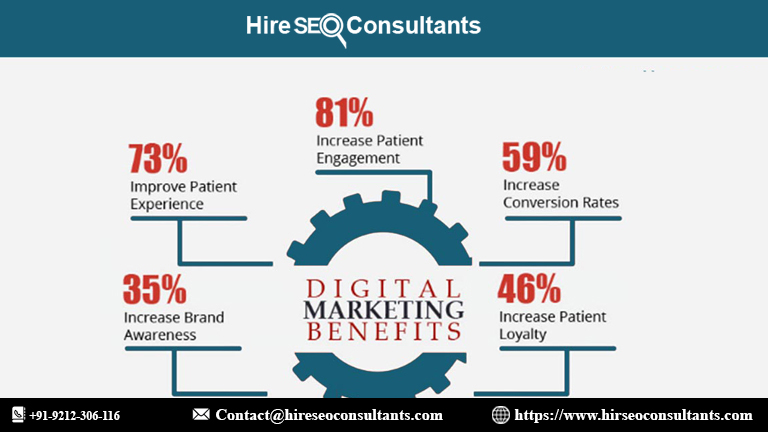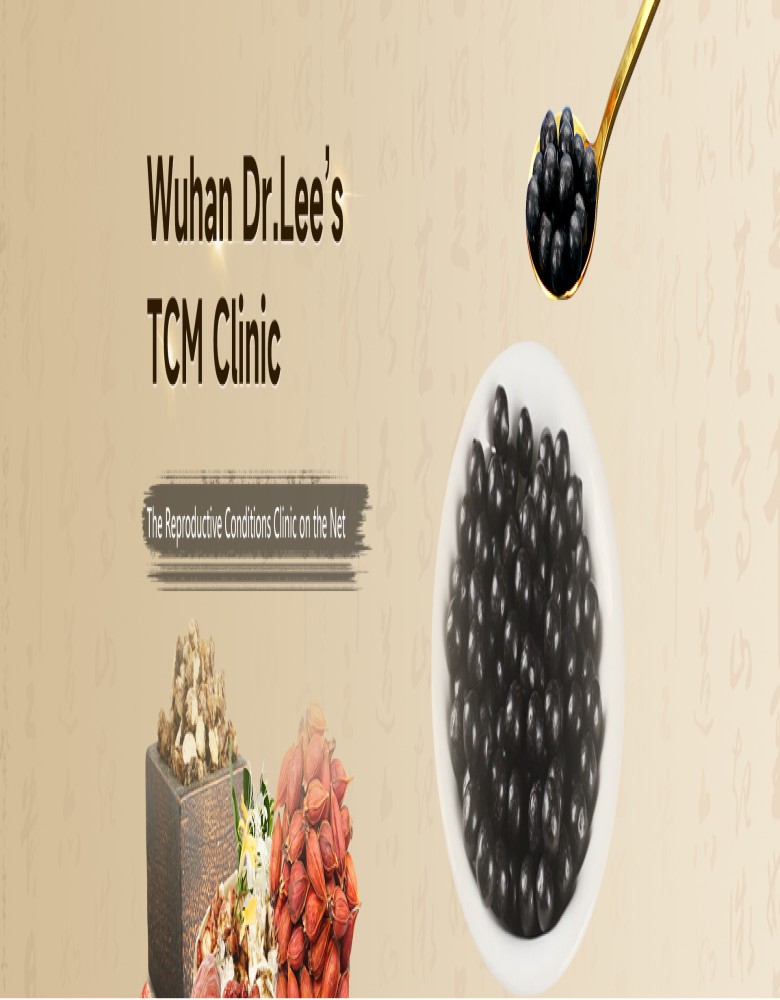Got ChatGPT Plus? How to Create Your Own Custom GPT Chatbot
Unlock the potential of ChatGPT Plus by learning how to create your own custom GPT chatbot. Tailor responses, adjust personality, and integrate it seamlessly into your projects. Discover the steps to personalize your AI assistant and enhance user interactions with this comprehensive guide.

Creating a custom GPT chatbot with ChatGPT Plus can significantly enhance your business’s digital interaction, streamline customer support, and offer personalized user experiences. Here’s an in-depth guide to help you get started and leverage the full potential of ChatGPT Plus for creating your unique chatbot.
Understanding ChatGPT Plus
ChatGPT Plus is an upgraded subscription service offered by OpenAI that provides enhanced features compared to the free tier. With ChatGPT Plus, users benefit from faster response times, priority access to new features, and the ability to use GPT-4, which offers improved performance over previous models. This enhanced service is ideal for developing and deploying a custom GPT chatbot that can address specific needs and perform advanced tasks.
Getting Started with ChatGPT Plus
Before you dive into creating your custom GPT chatbot, ensure that you have a ChatGPT Plus subscription. This subscription unlocks the full capabilities of GPT-4, which is crucial for developing a sophisticated and functional chatbot. If you haven’t already, sign up for ChatGPT Plus through the OpenAI platform.
Defining Your Chatbot’s Purpose
The first step in creating your custom GPT chatbot is defining its purpose. Determine what tasks you want your chatbot to perform. This could range from answering frequently asked questions, providing product recommendations, handling customer service inquiries, or even guiding users through complex processes. A clear purpose will guide the customization process and ensure the chatbot effectively meets your needs.
Designing Conversation Flows
Once you have a clear understanding of your chatbot’s purpose, the next step is designing conversation flows. This involves mapping out how interactions between the user and the chatbot will proceed. Start by outlining common user queries and how the chatbot should respond. This includes creating branches for different types of interactions and ensuring the chatbot can handle various scenarios. Think of it as designing a decision tree where each node represents a potential interaction point.
Customizing Your GPT Model
ChatGPT allows for customization through fine-tuning, where you can adjust the model’s behavior and responses based on your specific needs. To start, you’ll need to create a dataset that reflects the type of interactions you expect your chatbot to handle. This dataset should include examples of user queries and desired responses. OpenAI provides tools and documentation to guide you through the fine-tuning process, which involves training the model on your dataset to make it more aligned with your requirements.
Implementing Personality and Tone
One of the advantages of a custom GPT chatbot is the ability to tailor its personality and tone to match your brand. Decide on the style of communication that best represents your business. Whether you want the chatbot to be formal, friendly, or conversational, this tone should be consistent throughout all interactions. Adjust the model’s responses to reflect this personality, ensuring that it aligns with your brand’s voice and provides a cohesive user experience.
Integrating with Existing Systems
To maximize the effectiveness of your chatbot, integrate it with your existing systems. This could include customer relationship management (CRM) tools, support ticketing systems, or databases. Integration allows the chatbot to access and utilize relevant information, providing more accurate and contextually aware responses. For instance, integrating with a CRM system can enable the chatbot to retrieve customer information and offer personalized responses based on previous interactions.
Testing and Refining Your Chatbot
Before deploying your custom GPT chatbot, thorough testing is essential. Test the chatbot across various scenarios to ensure it performs as expected. Evaluate its responses for accuracy, relevance, and consistency. Collect feedback from users to identify areas for improvement. Refining the chatbot based on this feedback will enhance its performance and ensure it meets user expectations.
Deploying Your Chatbot
Once testing is complete and you’re satisfied with the chatbot’s performance, it’s time to deploy it. Integrate the chatbot into your website, mobile app, or other digital platforms where users can interact with it. Ensure the deployment process is smooth and that the chatbot is accessible to users. Monitor its performance post-deployment to address any issues and make adjustments as necessary.
Monitoring and Analytics
After deployment, continuous monitoring is crucial for maintaining the effectiveness of your chatbot. Utilize analytics tools to track user interactions, identify common queries, and measure overall performance. Analyzing this data will provide insights into how well the chatbot is functioning and highlight areas for further improvement.
Scaling and Expanding Functionality
As your business grows, you may need to scale and expand the functionality of your chatbot. This could involve adding new features, updating conversation flows, or integrating with additional systems. Regularly review the chatbot’s performance and update it to keep it relevant and effective.
FAQs
Q: What are the benefits of using ChatGPT Plus for creating a custom chatbot?
A: ChatGPT Plus provides access to GPT-4, which offers improved performance, faster response times, and enhanced capabilities compared to previous models. This makes it ideal for developing a sophisticated and efficient custom chatbot.
Q: How do I define the purpose of my custom chatbot?
A: Start by identifying the specific tasks you want your chatbot to perform, such as answering FAQs, providing recommendations, or handling customer support. Clearly defining the purpose will guide the development and customization process.
Q: What is fine-tuning, and how do I use it to customize my chatbot?
A: Fine-tuning involves training the GPT model on a dataset specific to your needs. This process adjusts the model’s behavior and responses to better align with your requirements. OpenAI provides tools and documentation to assist with fine-tuning.
Q: How can I ensure my chatbot reflects my brand’s personality?
A: Customize the chatbot’s responses to match your brand’s tone and style. Decide on the communication style that best represents your business and ensure consistency in all interactions.
Q: What should I consider when integrating my chatbot with existing systems?
A: Ensure that the integration allows the chatbot to access and utilize relevant information from systems such as CRM tools or support ticketing systems. This enables the chatbot to provide accurate and contextually aware responses.
Q: How can I test and refine my chatbot before deployment?
A: Conduct thorough testing across various scenarios to evaluate the chatbot’s responses for accuracy and relevance. Collect user feedback and make necessary adjustments to improve performance.
Q: What should I do after deploying my chatbot?
A: Monitor the chatbot’s performance using analytics tools, collect feedback, and make adjustments as needed. Regularly review and update the chatbot to maintain its effectiveness.
Q: How can I scale and expand my chatbot’s functionality?
A: As your business grows, consider adding new features, updating conversation flows, or integrating with additional systems. Regularly assess the chatbot’s performance and update it to keep it relevant and effective.
Get in Touch
Website – https://www.webinfomatrix.com
Mobile - +91 9212306116
Whatsapp – https://call.whatsapp.com/voice/9rqVJyqSNMhpdFkKPZGYKj
Skype – shalabh.mishra
Telegram – shalabhmishra
Email - info@webinfomatrix.com
What's Your Reaction?
















